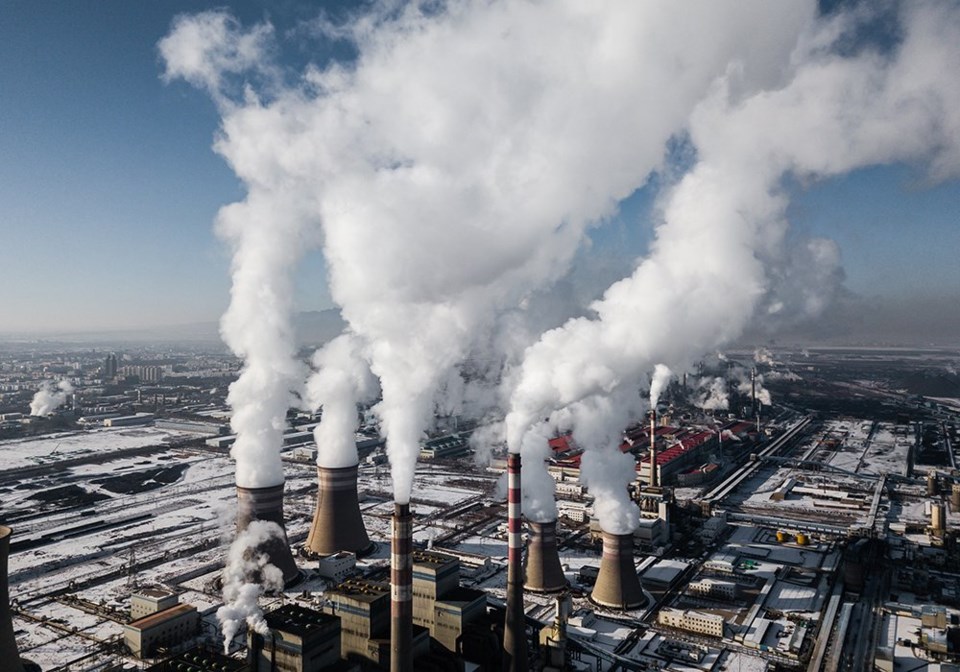WESTERN PRODUCER — On Feb. 22, Canada's Agriculture Day, the federal government made a major funding announcement to help farmers fight climate change.
Agriculture minister Marie-Claude Bibeau said the feds would provide $182.7 million in "direct support to farmers" to encourage the adoption of cover crops, rotational grazing and improving management of nitrogen.
These farm practices, supported by the $182 million, are expected to reduce greenhouse gas emissions by up to two million tonnes by 2024, Ag Canada said.
"Today, to support farmers in their efforts to tackle climate change, the Honourable Marie-Claude Bibeau, Minister of Agriculture and Agri-Food … announced federal funding of up to $182.7 million for 12 recipient organizations to deliver the On-Farm Climate Action Fund across Canada," the press release said.
"Canada's agriculture sector currently accounts for 10 percent of Canada's GHG emissions and has the potential to play a key role in reducing national GHG emissions."
Cover cropping is seeding plants, like clover and alfalfa, that improve soil health and fertility, instead of being harvested. Rotational grazing is a system where livestock are contained and frequently moved on pasture, to help plants recover more rapidly and improve soil health.
If enough farmers try cover crops, rotational grazing and change how they use nitrogen fertilizer, those actions could possibly cut greenhouse gas emissions from Canadian farms.
That part of the Ag Canada press release is true.
What's less true is the bit about Canadian farmers and their "efforts to tackle climate change."
In 2019 Canada's greenhouse gas emissions, from all industries and activities, were about 730 million tonnes (in CO2 equivalents).
Farms produced around 59 million tonnes, or 8.1 percent of all emissions.
Assuming the $182.7 million has the desired impact and GHG emissions are reduced by two million tonnes, by 2024 Canadian farmers would produce 57 million tonnes — or 3.4 percent fewer emissions.
That's nice, but there are two massive problems with the assumption that Canadian farmers can do something about climate change.
One is China.
The other is coal.
China is planning to build 43 new coal-fired power plants in the coming years, Time magazine reported last August. Including China, 300 coal-fired plants are expected to come online around the globe in the next five years, the World Bank says.
That will add to the 8,500 coal power plants, already in operation worldwide.
China, alone, has approximately 3,000 plants.
The math around carbon emissions can be tricky and depends on who is doing the calculations, but if the data was put on a bar graph, the bar representing emissions from Chinese coal plants would be the CN Tower.
Canadian agriculture emissions would be a flagpole at the base of the tower.
The Canadian Energy Centre has estimated that CO2 emissions from Chinese coal plants were 4.7 billion tonnes in 2018.
Comparing that to emissions from Canadian farms, 59 million tonnes, the ratio is 80 to 1.
When Chinese coal plants are compared to the two million tonnes (the potential reductions from using cover crops, rotational grazing and nitrogen management), the ratio is 2,350 to 1.
That's just coal emissions from China.
Other countries in eastern Asia, such as Vietnam, South Korea and Japan, remain heavily dependent on coal fired power-plants and those generating stations aren't going away. Across the globe, coal-fired power plants produced 10.1 billion tonnes of emissions in 2018, the Canadian Energy Centre says.
None of this information is hard to find.
Any farmer and anyone in the country's agriculture industry can find such data online in 15 minutes or less.
Which brings me back to the line in the Ag Canada press release about helping farmers "tackle climate change."
Producers own cell phones and they're aware of what's happening in China, probably more so than urbanites in Toronto and Montreal.
So, Agriculture Canada messaging, telling producers to change farm practices to fight climate change, isn't an effective sales pitch — or welcome.
Most people recognize B.S. when they hear it.
As a personal example, radio pundits and other sports media in Manitoba keep repeating that the Winnipeg Jets can make the playoffs if they can win 10 or 12 games in a row.
The data shows, as of Feb. 22, that the Jets have an 11 percent chance of getting in the playoffs.
And, for the record, the Jets have never won 10 games in a row.
Ever.
Therefore, as a realist, I've accepted the Jets probably won't make the NHL playoffs this year.
Farmers are also realists. They know what they can control and what they can't on their farms.
If given a reasonable argument and data, showing that cover crops, rotational grazing or better nutrient management does increase profitability or improves resiliency to drought, producers will consider changes to how they farm.
Financial support to encourage cover crops and other practices is a reasonable policy. But the messaging right now isn't reasonable.
Agriculture Canada shouldn't tell farmers that a cover crop, seeded on a half-section of land in southeastern Saskatchewan, is going to save the planet.
Because it won't.




